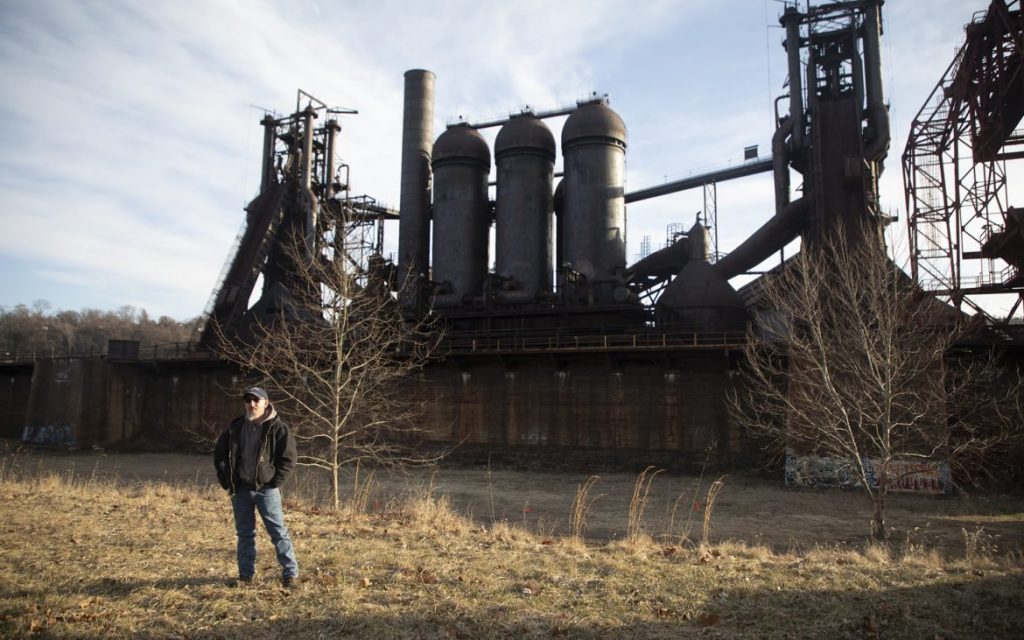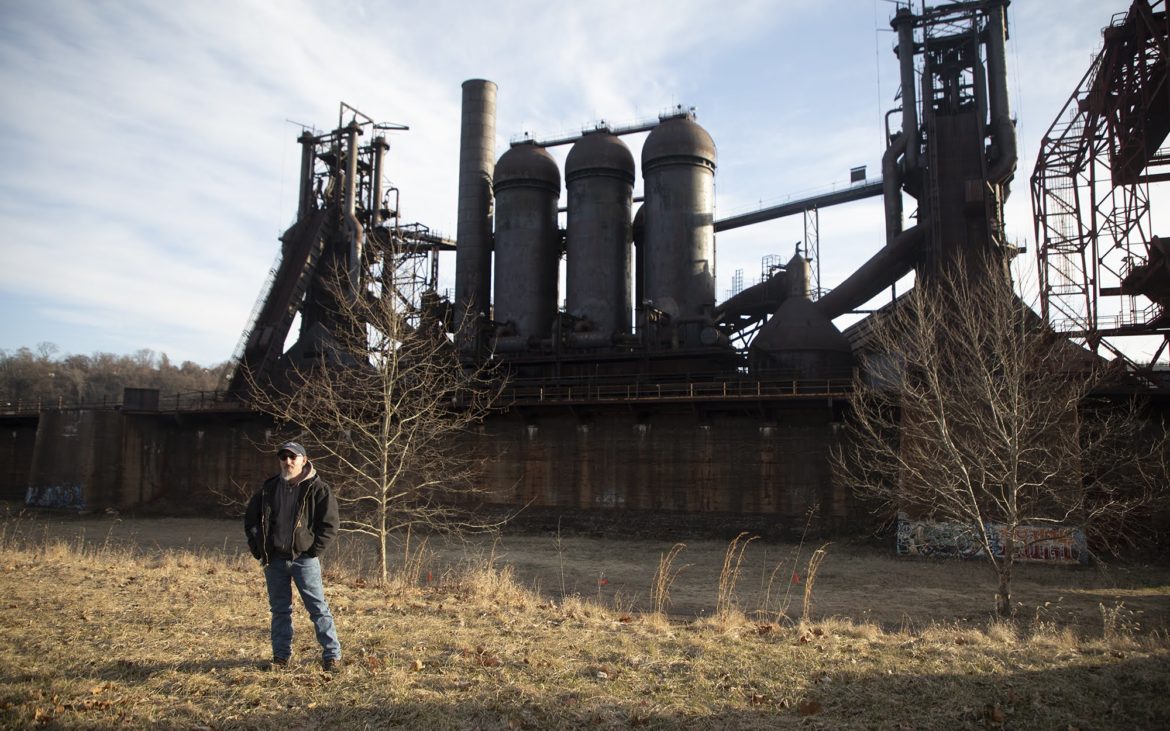Gallery with alias: PUBLIC_HISTORY_BLOG_POSTS not found

Preservationist Craig Potts says, “Historic preservation clearly does much more than preserve bricks and mortar. It recognizes that our built history connects us in tangible ways with our past and provides context for the places we occupy and the world we live in.”
We agree, but we have to challenge ourselves to think beyond abstractions, and to think through the ways in which these sites can function at tangible, concrete influences in our lives.
We can’t rationalize these preservation projects with feel-good nostalgia or the axiom: If it’s old, therefore it is historic. Don’t touch, stand behind the line, read about it in this brochure.
Some old stuff from our industrial past is junk and certainly needs to be scuttled, clearing space to make way for new locations, new uses, new history.
We desperately need room for more historically connected common spaces that openly welcome civic engagement, activity, and occupation–for the public good.
We either imagine these preservation sites as such, or the land developers will imagine them as privatized commercial retail spaces. Look around; they have the will and means to do it.
We would argue that these industrial preservation sites have tremendous potential as innovative interactive historic spaces accommodating not only the past, but also the present and future. We need fewer historic grave markers and more historic interpretive/education centers that educate, entertain, and inspire us to appreciate local history.
As public historians, our willingness to have such conversations about preserving these industrial sites will impact future generations. If we don’t, the bulldozers will.
This post is inspired by an online article published by Public Source on April 5, 2019: “Industrial buildings tell Pittsburgh’s story. Preserving them is costly and takes dedication,” by Charles Rosenblum. About PublicSource: “PublicSource is the only nonprofit digital-first news organization that lives up to its mission of delivering public-service reporting and analysis in the Pittsburgh region. We are local. We believe in journalism as a public service. We tell stories for a better Pittsburgh.”
PUBLIC HISTORY MATTERS
At The Social Voice Project, we celebrate history and people through our community oral history projects that give us a chance to look, listen, and record the voices and stories of our time. We encourage all local historical societies and museums to capture, preserve, and share their communities’ lived experiences, memories, customs, and values. Future generations are depending on it.
Contact TSVP to learn more about our commitment to public history and community oral history projects.

You must be logged in to post a comment.